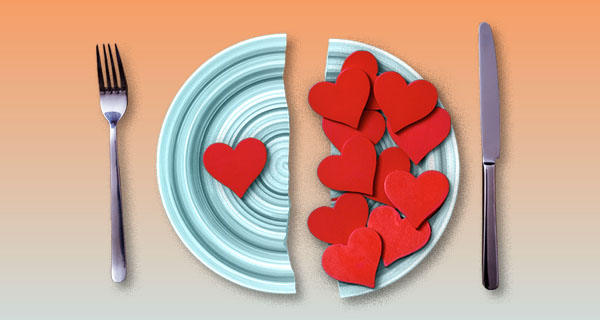Looking over the book reviews for Philadelphia psychologist Judith Sills’ Getting Naked — Again, you quickly realize how difficult it is to write a successful relationship book for a wide audience. But this book is not for everyone. It is for the recently “divorced, widowed, dumped, or distracted,” as Sills so eloquently states in the title.
This is not “your daughter’s dating guide,” she blatantly admits, introducing the contents of the book to her readers. It is for those who have been out of the dating battle field for a number of years, and may not know what it is like today. It is also for those who are willing to drop their fears, inhibitions, and pride, look at their life from the critical standpoint, and openly discuss their approach to relationships, including everything from ‘coma sex’ to attraction to married men.
While this book is for men and women alike, Sills believes women have the most difficult time starting over after being out of the saddle, and therefore gives them special consideration. The woman dealing with a divorce or loss of a partner has a lot of fears and doubts. For one, she may realize that a lot has changed in the dating game, but more importantly, she, herself, has changed.
She is more set in her ways, adapted for one partner, kid-focused, job-focused, or perhaps has been in a loveless relationship so long, she forgets how to get naked (both physically and mentally). In other words, there is a lot of excess baggage to work through.
Characteristic of Sills’ boisterous, witty, and direct style, she takes on several sensitive subjects, telling her readers the way men and women think, from both a professional and personal perspective (she interviewed 100 men and women). She advocates that in today’s society, fitness (reasonably thin and healthy) is important in boosting your confidence and improving your chances of attracting members of the opposite sex.
Some critics find this a rather bold statement, considering society is fighting the implications of eating disorders, but Sills is merely refraining from sugar-coating a hard, cold reality, that most of us try to avoid. Sills does make it clear that the most important thing is you become comfortable with yourself before you can try to be comfortable with anyone else.
Sills also focuses much of the book to finding a new partner, giving some critics the sense that she is implying a woman cannot find happiness alone. Other critics, however, claim that there is a renewed sense of confidence between these pages. Sills identifies with the woman who has found herself single again, offering her courage and the building blocks necessary to successfully reemerge into the dating scene (if she chooses). After all, the book is about getting naked, which assumes the reader has already dealt with the issues of self love and being alone, and is ready for love with a partner.
Sills takes her readers through a journey of relationship advice, taking note of misguided fantasies and misconceptions, and describing what makes a successful relationship. She warns women to keep their initial dates light and fun, and resist the temptation to share too much. Sills advises presenting yourself as a clean slate to the dating world, resisting discussions about exes or past failures. Treat each date as if it’s a job interview, where you must put your best foot forward, and avoid bringing ‘stress and ugliness’ to the table. Finally, Sills advises readers to resist the fear of being alone or making a mistake, which according to her will only drive the possibility of making further mistakes.
For instance, a woman who is susceptible to falling too quickly into a passionate love affair often falls for the wrong people or fails to get out of bad relationships at the first signs of trouble. This is because she fears being alone more than she fears finding what she needs in a partner. A woman who is controlling, mistrusting, or perhaps even too picky has the opposite problem. She fears making a mistake (or another mistake) so badly, she sabotages every relationship trying to find a perfect match (which almost never exists). Sills works with the reader, describing what she classifies as the ideal mindset for building a successful relationship, which is fundamentally knowing who you are and what you need.
Ultimately though, Sills takes all this information and packages it neatly within the phrase, “I’m not telling you to conform, I’m just telling you what men say.” Men say that women talk a lot about their excess baggage (previous relationships, children, etc.) during the initial phases of dating, which is a big turn off.
Instead of talking about past disappointments, hurt feelings, and mistrust, men prefer their initial connection with a woman to be mysterious, light, and fun. Men also report many women approach the first few dates as if interviewing them for a job, scanning their life for potential faults. Men say this is asking way too much in the beginning.
You can take all this advice, and pick and choose from it as you like. This book leaves you with a sense of comfort in knowing that while you may feel alone, you are actually among a very large crowd of others who feel the same way. But you can do something about it … which gives me the perfect opportunity to bring this review around full circle, and suggest giving it a read or recommending it to someone who might find it helpful (or at the very least, entertaining).



